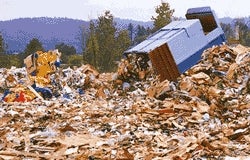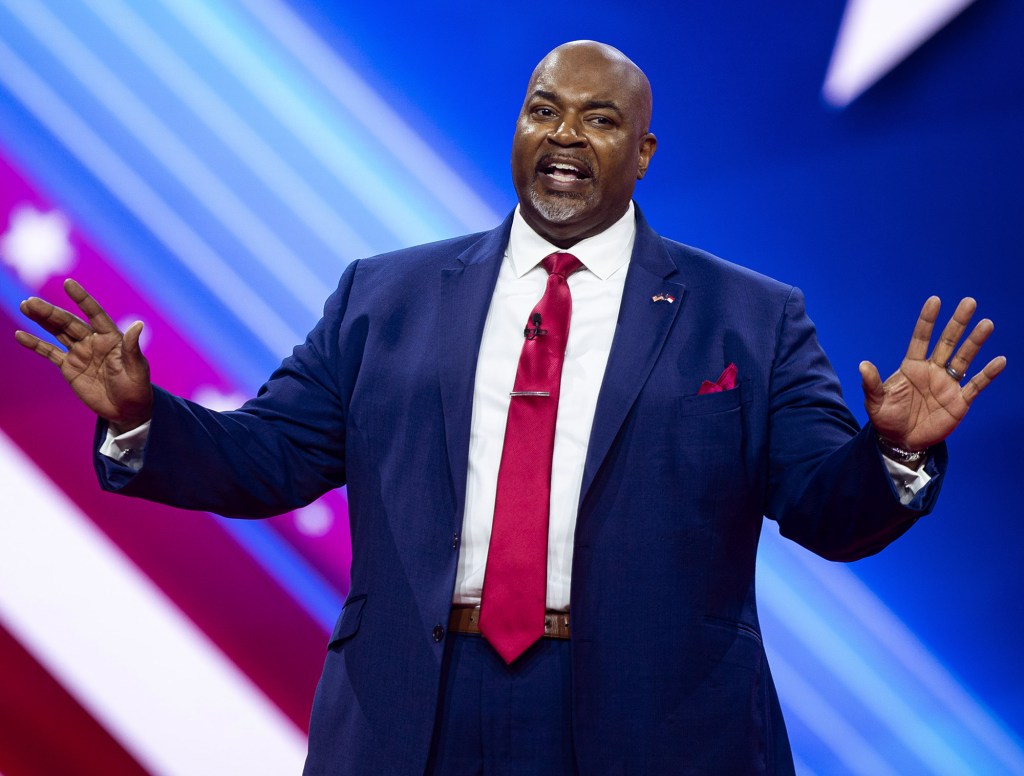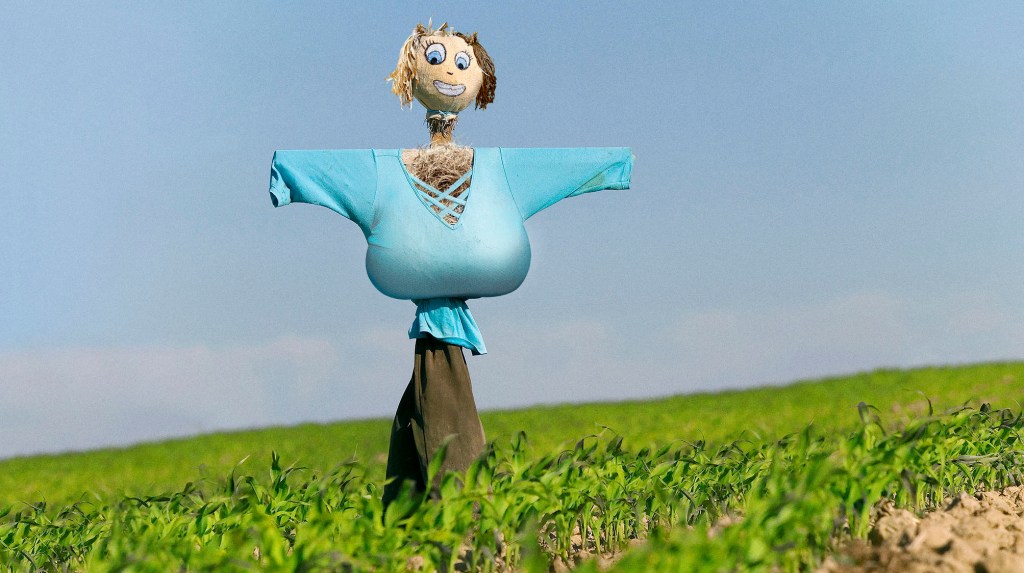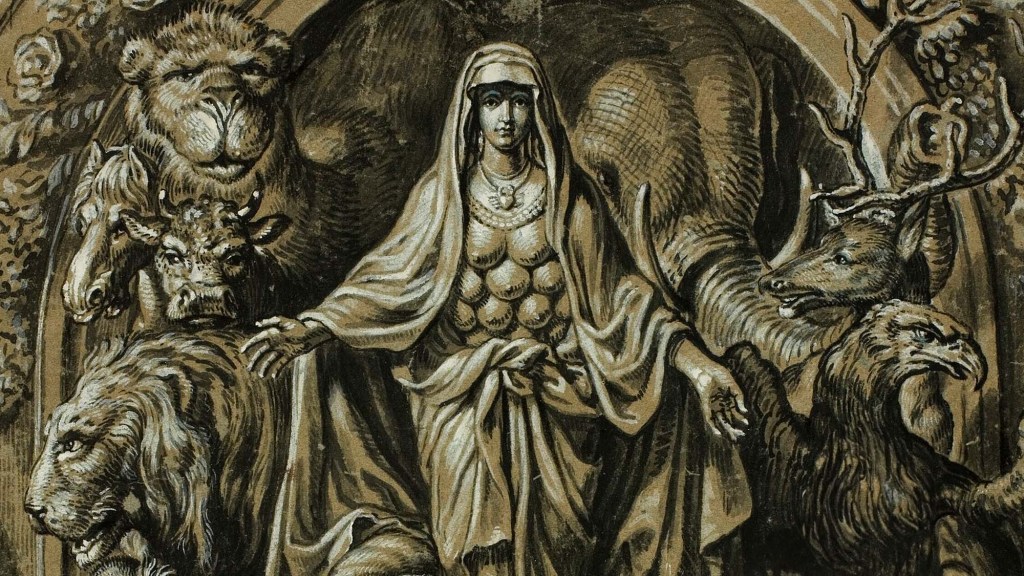STATEN ISLAND, NY–An estimated 450,000 unsold copies of Time’s special April 22 Earth Day issue were trucked Monday from the magazine’s New Jersey distribution center to the Fresh Kills landfill in Staten Island.
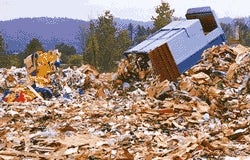
The discarded copies of the issue–which features articles about conservation, biodiversity, and recycling, as well as guest editorials by President Clinton and Leonardo DiCaprio–are expected to decompose slowly over the next 175 years.
“Unfortunately, ’Earth Day 2000’ wasn’t as successful as we had hoped,” Time managing editor Walter Isaacson said. “After selling out of such special issues as ’The Future Of Medicine,’ ’Baseball At 100,’ ’The Kennedys: An American Dynasty,’ and ’Celebrating The American Automobile,’ we thought we had another winner with this one. But of a press run of 485,000, only 35,000 sold. I guess we overestimated the demand for a full-color, 98-page Earth Day issue printed on glossy, high-pulp paper.”
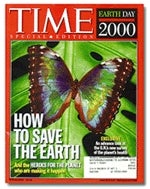
The enormous number of unsold copies created major headaches for both Time’s distribution department and subcontractor Interstate Periodical Distributors. Some 1,300 semi trucks, many less than a third full due to isolated pick-up points, were needed to transport the 450,000 magazines from newsstands and bookstores across the U.S. to Time’s main warehouse in Elizabeth, NJ. From there, the magazines were loaded onto 85 idling dumptrucks by gasoline-powered forklifts. Upon arriving at Fresh Kills, the world’s largest landfill, the unsold issues were transformed into a 75-ton mountain of waste paper by a fleet of diesel bulldozers.
“Originally, our intent was to recycle any unsold copies of the issue after the subscription cards were taken out, the cover separated from the contents, the polystyrene-based glue baked off the binding, and the color photo sections separated from the print pages,” Time director of operations Christine Alarie said. “But unfortunately, with the unexpectedly large number of issues we were dealing with, it just wasn’t feasible.”
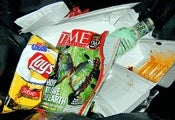
The three-acre section of Fresh Kills now made up entirely of Earth Day issues will slowly leak pollutants from the magazine’s bleach, inks, and color-photo dye-sublimation chemicals into the soil. Isaacson stressed, however, that the threat of such contaminants pales in comparison to the dangers posed by disposable diapers, fast-food cartons, six-pack holders and, discarded batteries–environmentally hazardous consumer goods the Earth Day issue spoke out against and will eventually be covered by in the landfill.
“The American consumer had a choice to make: buy Time’s Earth Day issue and dispose of it in an eco-friendly manner, or ignore its message by leaving it on the shelf,” Isaacson said. “They made the choice to waste not only Time Warner’s non-renewable resources, but the Earth’s, as well.”
“As we said in the issue,” Isaacson said, “people have no one to blame but themselves.”


